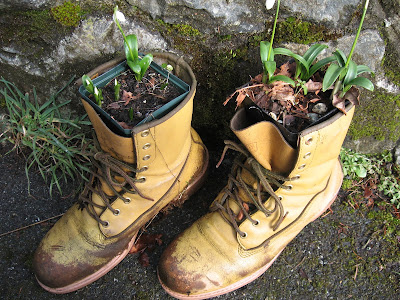
- The New Williams Sewing Machine was made by the Williams Manufacturing Company (W.M.F.C.Co. - as it says on my treadle base). The W.M.F.C.Co. began in 1863, but sources cite different dates when this company ended. Here we are told that the company lasted until 1899, however, I suspect that they have confused the dates. At the McCord Museum we are told that the fine fellow that did this beautiful engraving died in 1899. And here we are told that the W.M.F.C.Co. liquidated in 1929.
- A list of models (and dates) made by The Williams Manufacturing Company 'borrowed' from here:
C. W. Williams Manufacturing Co. Est 1863
Became:
Williams Manufacturing Co. by 1877 1885 +
Became:
Williams Manufacturing Co. Ltd by 1893 - liquidated 1929Factory: Plattsburgh, New York. 1878 also at 347 Notre Dame Street, Montreal, Canada. (destroyed by fire 1882)
Machine Made: Williams' Singer Williams' Improved Singer Family 1871 - 1877 Williams' Improved Medium Williams' Hand machine Williams' No. 2 Helpmate No's 1, 2, 3, 4, 5. 1884 - 1893 New Williams 1884 - 1902
Became:
Williams Manufacturing Co. by 1877 1885 +
Became:
Williams Manufacturing Co. Ltd by 1893 - liquidated 1929
- The Williams Manufacturing Company were in direct competition with Singer, and as far as I could tell, took quite a gouge out of the market in certain parts of Canada and the US.
- Here is a nifty story about Mr Simkins who use to sell New Williams sewing machines in Canada.
- I saw at least one example on the internet of a New Williams electric machine (a clone of the Singer 15 series) from post 1940 - this conflicts with everything we've seen so far. Could this be a different incarnation of the W.M.F.C.Co? Or, could this be another company using the title New Williams for a specific line of machines?
- The Smithsonian Institute has an interesting collection relating to the Williams machines. Some of these are for the Williams Singer machines - not sure yet what that is. But it is advertised as being 100% Canadian with all the parts and materials coming from Canada or the UK - very slightly anti-US advertisement.
















































